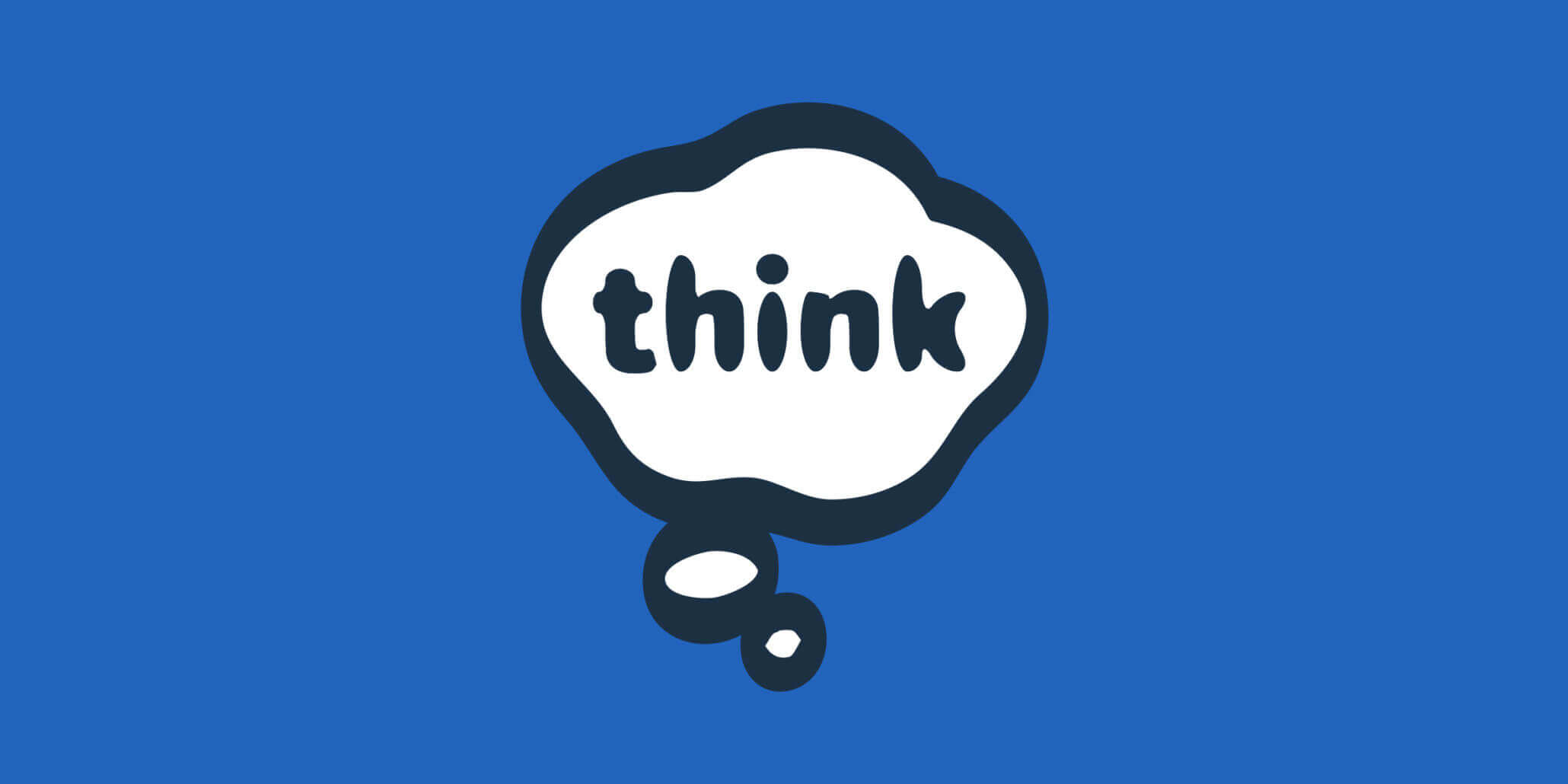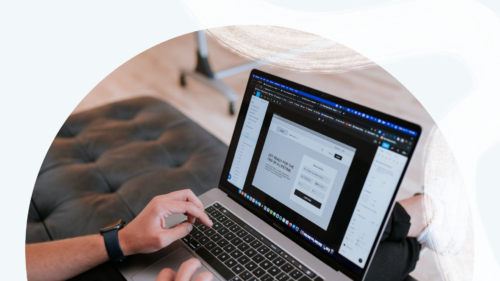Are Designers Judges?

Every few weeks, our team has a high-level chat in Basecamp about a UX topic we’re interested in as a group. We call these DIG (design interest group) discussions, and they’re a great opportunity for us to regularly share and expand upon our team’s collective knowledge.
One of our good friends, Stephen Miller, recently posed the following set of questions to our team, and we really enjoyed the conversation that followed. Here’s a transcript of the chat—please join the conversation and share your own thoughts or questions in the comments!
***
One of my favorite professors, Erik Stolterman, has long championed the idea that design as a human activity is, at its core, about passing judgement—designers decide that this is better than that. It could be said we spend our time facilitating others’ judgements rather than passing judgment ourselves.
First question: do you agree that designers are judges? Does my above distinction between deciding and facilitating matter? If you agree that designers are judges, then what are the implications of the title?
Secondly, how do you make your design decisions? Do you have principles or ideals you could describe as your personal code of design ethics?
To help grease the wheels, here are some of my personal design ideals:
- People are smarter than we’re willing to admit.
- Respectful argument is the heart of productive design.
- Good design is education, and good design is communication.
- User research is never definitive, except when it is.
- You’ll never know 100% for sure, but make good bets.
- You can go fast alone, but to go far you need to work together. (Yes, this is a platitude. In my experience, also very accurate.)
- Marketing won’t obscure a shitty experience.
- All users are valid critics.
PHIL CHARRON
Great topic… something I could spend an entire day responding to.
I’d agree that our job is part passing judgement and part facilitating others’ judgements. Certainly we are making decisions on a day to day basis—mostly around the fundamental principles that any good designer practices (layout, information architecture, etc.). We are also highly skilled in facilitating decision making with our clients (product management, prioritizing features, when and how to do research, etc.).
I have a few mantras that I often repeat in my head or say out loud:
- Research breaks ties. If there’s a debate with no definitive answer, it’s time to go to the field.
- Ask permission to ask the stupid questions.
- We are all designers. Even our clients… it’s our job to make them comfortable in our space.
- There’s no “I” in design.
- Fail Fast. Cliché, but true.
- Always Be Learning. Our job is to learn.
- Always Be Teaching. We share our skills and knowledge.
CHAD KAUFMAN
Intriguing question. It made me really step back and think about our role in the design process. Where I landed will answer your first question and shed light on one of my design principles.
I don’t like the word “judge” (noun) because it indicates that we are deciding right from wrong and have the final say—neither of which I think are true or appropriate. The only group that matters in our decisions is users.
With that, I think we play the role of advisors. Our decisions are either informed by research or our knowledge of users’ habits. In the end, we are helping clients mitigate the risk of creating something that users will not understand/use.
Markets (financial or industries), trends (economic or design), testing (paper trading or prototyping), and habits (spending or user) can inform us in a way that helps us make educated decisions and take calculated risk.
I always strive for us and the client to make objective decisions. We can explain the benefit of a certain design approach and it can be argued at length with hypotheticals and subjective reasoning. Ultimately, it is user who has the final say about what is working and not.
BRITTANY MURPHY
I agree with Chad. I don’t know that I think design is, at it’s core, passing judgement. To me, being a judge sounds like: we’ll hear you out, but our word is final.
I think the true goal of design is to gather as many insights as possible to guide design directions. With a solid research foundation (of both the user and the client), many choices will be obvious and free of judgement.
I see design, at it’s core, as not passing judgement. I think a great designer (specifically, designers of experiences for others) leaves no trace of their judgements in a design.
This is kind of a weird metaphor, but a designer is like a horse whisperer. Horses come to these trainers in a stage of chaos. The whisperers are able to learn from and work with the horse and the owner in this seemingly magical way. Without leaving their mark they transform the horse so that it can live happily and comfortably. To an outsider, you’d never wonder how the horse came to be the way it is.
CHAD KAUFMAN
How dare you use me in your metaphor Brittany!
SUNKWON BUSH
Awesome topic! “Passing judgement” feels like a strong phrase. However, as I see it, designers frequently do pass judgement in a variety of ways.
In the life of a project, we make hundreds of small “judgements” and decisions within our designs based on the avenues we explore. We have a great deal of power, not necessarily in making the final choice, but in our ability to define a path when it comes to the design.
I admire our approach—we aim to be good advisers and consultants. We respect our clients’ expertise and do our best to provide objective data to help them make informed decisions.
As for my own code of ethics or mantras, this idea echoes strongly in my mind:
“Trillions of heartbeats spent in interaction. The time you spend is not your own.”
This quote comes from this blog by Whitney Hess, a former UX designer and now a UX-focused life coach.
In the article, she quoted a speech from a content strategist named Paul Ford, who had given the closing speech for a graduating class of MFA in Interaction Design students, titled “10 Timeframes.”
This speech is one of the defining pieces of design literature that drove me to pursue a career in UX. Here are some highlights:
When I look out at this room I see a comparatively small number of faces but I also see a trillion heartbeats. Not your own heartbeats, but those of your users. The things that you build in the next decade are going to cost people, likely millions of people, maybe a billion people depending on the networks where you hitch your respective wagons, they are going to cost a lot of people a lot of time. Trillions of heartbeats spent in interaction. The time you spend is not your own. You are, as a class of human beings, responsible for more pure raw time, broken into more units, than almost anyone else.
The idea of my work affecting a “trillion heartbeats” helps me to keep in mind the impact my work will have on people. I continually remind myself that someone may need to use my designs every day for their job. My hope is that our work will ultimately help people do better work and make their time spent more worthwhile.
JESSE LIVINGSTON
To the first question—“do you agree that designers are judges? Does my above distinction between deciding and facilitating matter?”—I would say yes and yes.
Although “judge” has negative connotations—arrogance, narrow-mindedness—I don’t think it has to mean those things. At its core, it just means we help decide that this is better than that.
To the second question, I think the distinction between managing others’ judgements and having judgments ourselves is a huge and important distinction. I get the most burnt out when I feel I’m just executing on other people’s judgements without using any of my own.
Here’s my personal code of design ethics:
- Push for what you believe in. This is the most principal thing for me. As soon as I stop pushing for something I believe in, I’ve stopped caring.
- Clients hire us to solve problems, not just to create visually pleasing designs. We owe it to them to push back.
- Never assume there’s a good reason why things are the way they are.
- Be humble.
- Your users probably don’t think like you, so talk to them. No matter how experienced we are, users will always do things we never expected.
MARK SCHUBER
Judgement (and the passing of it) has negative connotations, but I agree with the premise that it’s our job to judge what is best. I don’t want to confuse our judgement with uninformed or heavily-biased decision making.
As designers, we make judgments and decisions every day—some more informed than others. I think of it as having a set of inputs (conscious and subconscious) that inform each of them:
- Life and work experience
- Exploration—getting to know what already exists and what has been done in the past
- User/customer feedback
- The opinions of our colleagues and co-designers
- The knowledge and perspectives of our clients
This is a human and thus highly variable activity. We are our clients’ advisors. They are the final judges. But even as we align our work to their feedback, we are still making nuanced judgements in the application of their feedback.
Here are some of my personal codes:
- Client empathy
- Not all judgements are created equal. You have to push for what you believe in, but some decisions have deeper implications than others.
- Have a deep understanding of the content. In our world, design is adding structure to content.
- Ask more questions. As a general rule, ask 5 questions for every declarative statement.
- Know the constraints. Design never happens in a vacuum. Account for the constraints regardless of where they come from. This is why ideas are just multipliers of execution.
***
What do you think? Drop us a note in the comments!
Send us a postcard, drop us a line
Interested in working with us?
We scope projects and build teams to meet your organization's unique design and development needs. Tell us about your project today to start the conversation.




